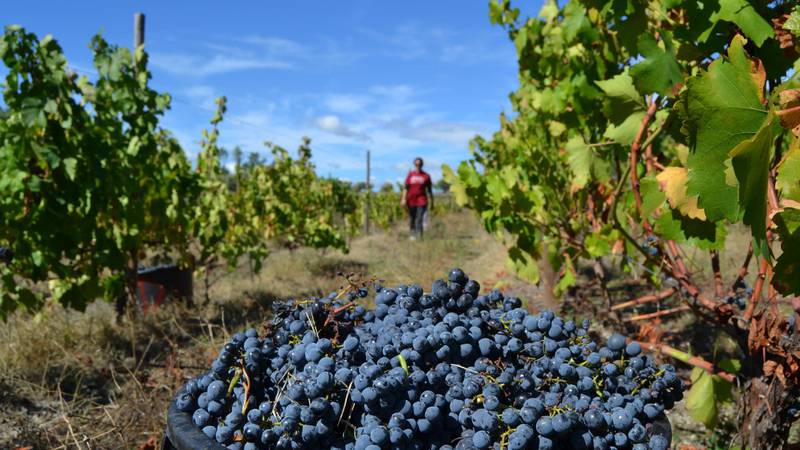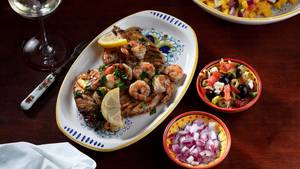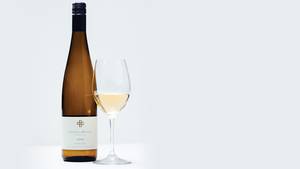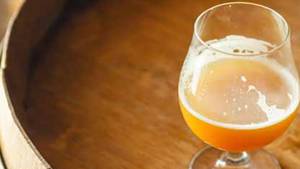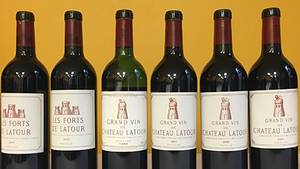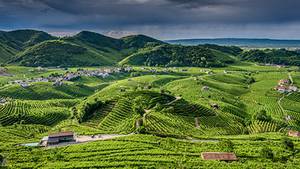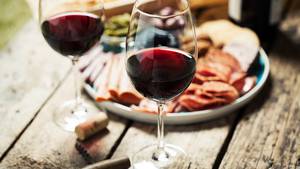Certain wine-growing terroirs sometimes live in the shadow of others. Yet they have so much to offer! The Dão, officially delimited in 1908, is certainly one of the great terroirs of Portugal, nestled in the center of the country, in the region of Beira.
If from a geographical point of view, the Dão region covers 388 000 hectares, only 13 406 are devoted to winegrowing for the production of the only protected designation of origin, Dão. The rest is available as a geographical indication. The sparse plots, often hidden by imposing pine forests, are located in the three districts of Coimbra, Guarda, and Viseu. In this wine-growing heart of the Dão, surrounded by mountains, seven sub-regions are officially recognized: Alva, Besteiros, Castendo, Serra da Estrela, Silgueiros, Terras de Azurara and Terras de Senhorim. To the west stands La Serra Carmoulo which prevents excessive moisture from the nearby ocean from entering the vineyard. The Serra Nave to the north and the imposing Serra Estrala to the east both protect the vines from the sometimes violent winds of the continent. In the south, the Serra Buçaco comes to close this mountainous belt which shelters a true wine-growing paradise, whose altitudes oscillate between 400 and 500 meters, sometimes more. Under these conditions, the temperature differences between days and nights are noticeable, allowing the grapes to retain all their acidity.
From a geological point of view, if a large part of the vineyards rests on soil of granite origin, in the south-east to the west of the region, a few shale outcrops transform the landscape and the nature of the wines.
In this continental climate, the winters are cold and wet and the summer's scorching marked by several episodes of drought. However, the rainfall is abundant, but mainly in spring, infiltrating the cracks of the very filtering rock. In these particular conditions, the vine nevertheless succeeds in finding its balance. The Dão, Montego and Alva rivers play an important role, as well as the imposing luminosity, allowing a great diversity of grape varieties to find their optimal ripening point respectively. Touriga Nacional, Afrocheiro Preto, Jaen, Aragonez (Tempranillo), Bastardo and Trincadera are the most widely used grape varieties for the production of red and rosé wines. If the Touriga Nacional, originating in the village of Touriga in the sub-region of Besteiros generally produces rich and deep wines, marked by an imposing tannic structure, the fact remains that in general, the wines of the region tend towards elegance. Accessible while young, they also evolve very well over time.
The white wines, deep, complex, and persistent, are marked by a freshness that keeps the taste buds awake. The Encruzado, also called Salgueirinho, is very often dominant, associated with Bical, Arinto, and other native varieties. In total, more than 40 varieties are authorized. In fact, only 9 varieties for whites are recommended.
If until 1989, the monopoly of local cooperatives did not promote quality production, it’s clear that this era is long gone. Today the wine-growing is meticulous, favoring relatively short aging, in stainless steel vats or in small capacity for aging, but also have the capacity to charm the palate in full youth, by their brilliance, their aromatic precision, and their greediness. You will get a good overview by following one or more of the 5 Dão wine routes. An inspiring initiative, created in 1995 and which today brings together no less than 47 producers spread over 17 villages. The different routes will allow you to immerse yourself in the history of this magnificent region, to discover many traditions, and to be surprised by the wine modernization of what is sometimes nicknamed the little Portuguese Burgundy.

